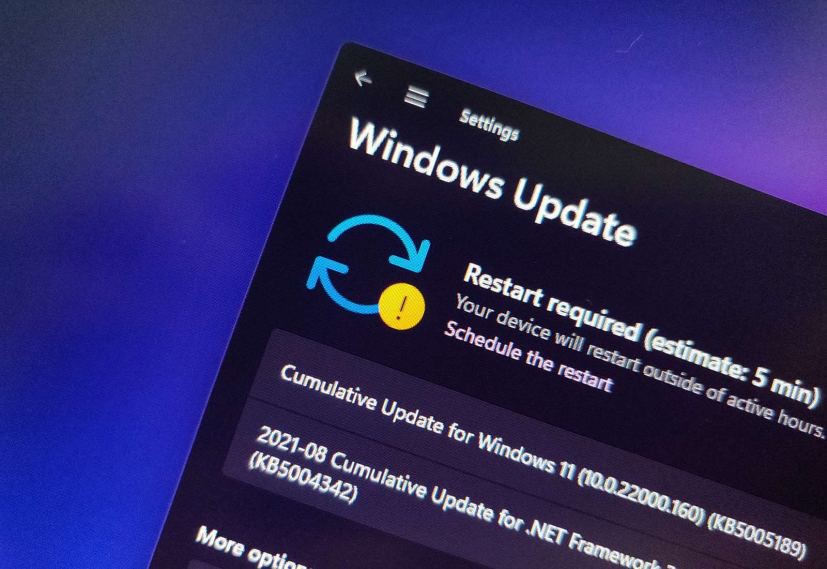- Windows 11 now receives updates through Controlled Feature Rollout technology.
- This technology allows Microsoft to update devices and gradually turn on features.
- Once new features have been validated, they will ship turned on by default.
On Windows 11, the Controlled Feature Rollout (CFR) technology is the process of gradually rolling out features to compatible devices.
Microsoft deploys new features in different ways as part of the approach of continuing to deliver “innovation” on Windows 11. For example, the company can push features through periodic updates (known as “moment updates”) throughout the year using cumulative updates as the mechanism of delivery (such as the October 2023 update), through feature updates (such as version 23H2) that arrive during the second half of the year, and the Microsoft Store is used to deliver new features for applications.
In the past, specific updates would enable features automatically, but that’s no longer the case as the company now uses its Controlled Feature Rollout technology that enables new features gradually.
For example, if the company announces upcoming features, you probably won’t be able to access every improvement after installing the update. Technically, the update will install all the new experiences, but many features may remain disabled. Once they are ready for your system configuration, Microsoft will enable the remaining experiences through the Controlled Feature Rollout technology.
The company may use its CFR technology to gradually roll out innovations in preview builds available through the Windows Insider Program, monthly optional non-security preview releases, and Microsoft Edge. Once the development team is confident about the features, they will roll out to new devices, and they will ship enabled by default during the next security update (usually referred to as the Patch Tuesday rollout).
If you’re missing a specific feature, it may still be possible to enable it manually using third-party tools. For example, the ViveTool allows you to turn on experimental or upcoming experiences using commands as long as you know the identification number for a specific feature.
Since the operating system can now receive innovations anytime, feature updates have lost some meaning. However, they’re still relevant as they mark the start of the support cycle of a specific version, with two years for Windows 11 Home and Pro and three years for Windows 11 Enterprise and Education.

